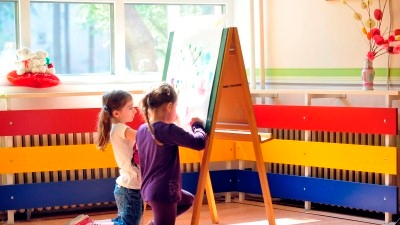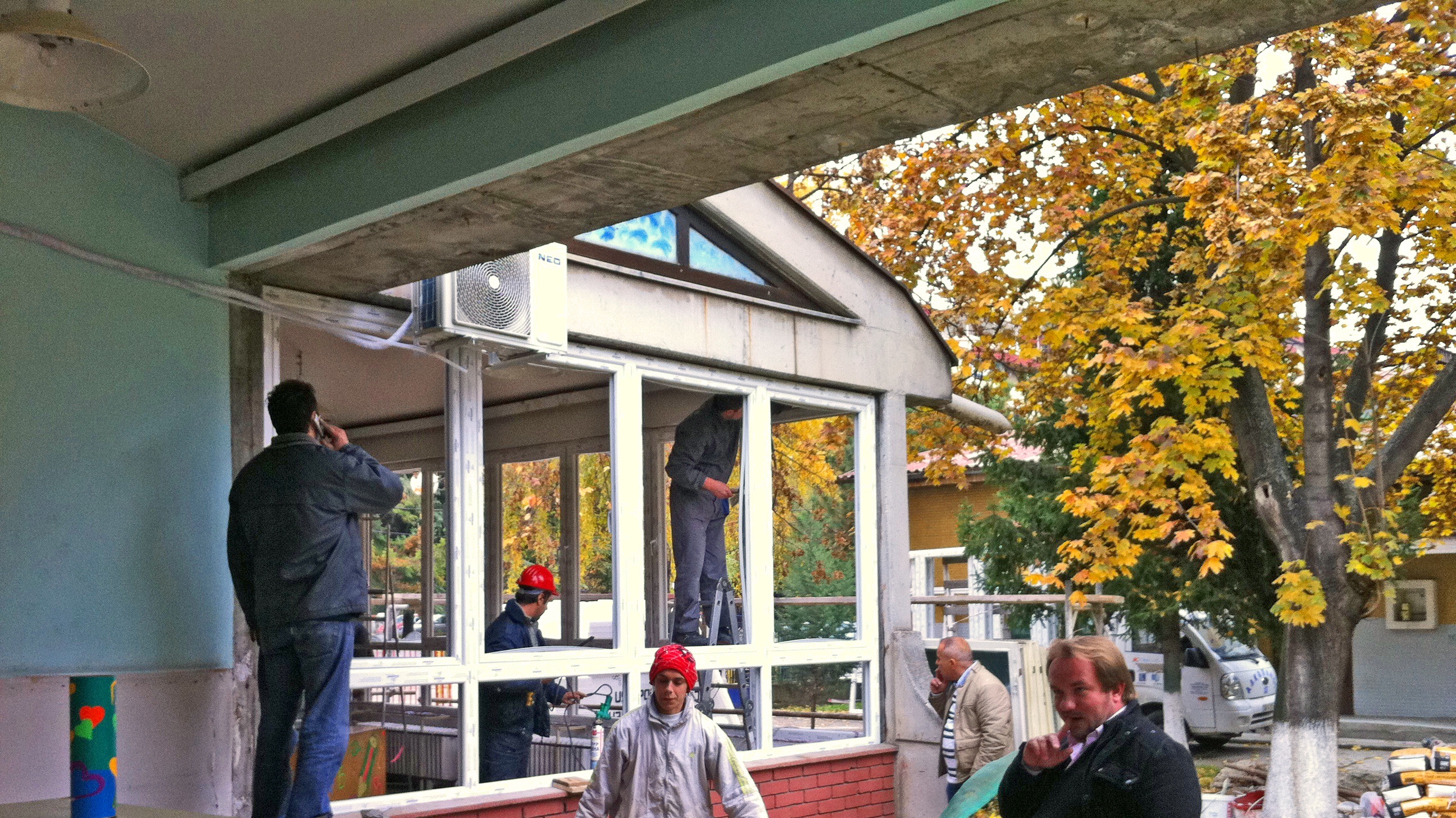Solution
Project support was two-pronged:
The rehabilitation of school buildings and kindergartens using the approach of combining grant resources and local cofinancing to buy down the cost of investments in order to demonstrate the value of energy efficiency. The grants were provided on a sliding scale to reduce the concessional element and phase in commercial financing. The project established the technical and economic viability and the many benefits of energy-efficiency investments, such as budget savings, warmer classrooms, and improved indoor air quality, and designed a major scale-up of such investments in public buildings to widen the project’s impact and sustainability.
Preparation of an enabling framework for RE through the establishment of feed-in tariffs, licensing arrangements, and resource estimations, and through capacity building in key institutions. A credit line was also established that leveraged financing for the establishment of the first large solar power plant in the country.
Results
The following results were achieved between 2009 and 2013:
- Construction of the first big (1 MW) solar plant in the country.
- Energy-efficiency measures, such as the installation of thermal facade insulation and window replacements, have helped to decrease energy losses in 41 schools and kindergartens, saving an average of €14,000 each year per building through more efficient heating. Total energy savings are projected to be 4,200 MWh/year, which is around 46 percent of the total pre-retrofit annual energy consumption of these buildings.
- Comfort levels and learning environments have been improved in educational facilities, benefiting more than 5,000 pupils and 300 teachers/staff through improved temperature levels (from 14˚C to 20˚C in the coldest months) and the elimination of toxic fumes from inefficient wood burning stoves.
- An improved regulatory and incentive framework for RE has been established and the licensing made easier of 110 MW of small hydro, solar, and wind power plants, half of which are already constructed.
- The project is also expected to lead to a reduction of 3.78 million tons of CO2 over 20 years and a reduction of 200,000 MWh of electricity imports per year, thus reducing the country’s vulnerability to external supply shocks.
Bank Group Contribution
The project was funded by a $5.5 million grant from the Global Environment Facility and cofinanced by $1.5 million from participating municipalities and $3 million from financial intermediaries and private investors.



